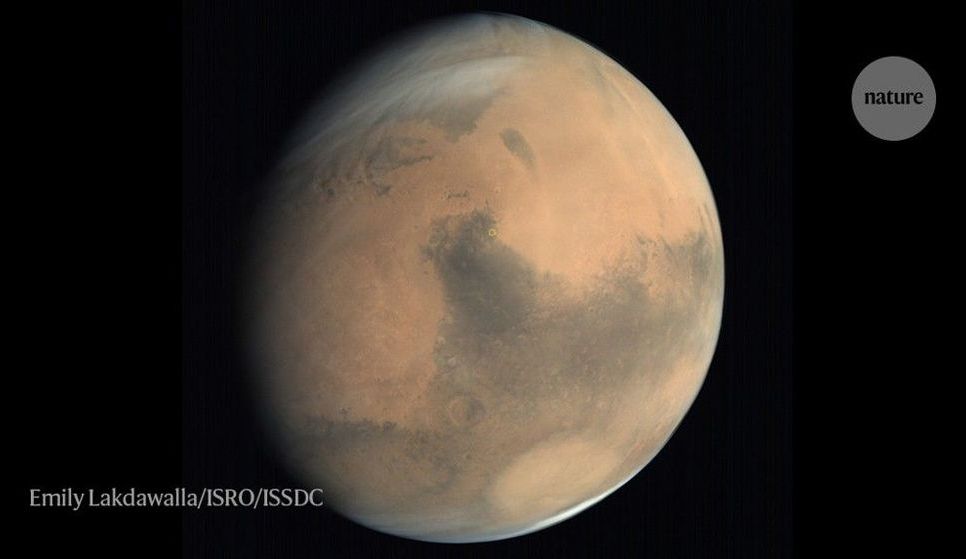Three times in the coming month or so, rockets will light their engines and set course for Mars. A trio of nations — the United States, China and the United Arab Emirates (UAE) — will be sending robotic emissaries to the red planet, hoping to start new chapters of exploration there.
Each mission is a pioneer in its own right. The United States is sending its fifth rover, NASA’s most capable ever, in the hope of finding evidence of past life on Mars and collecting a set of rocks that will one day be the first samples flown back to Earth. China aims to build on its lunar-exploration successes by taking one of its rovers to Mars for the first time. And the UAE will be launching an orbiter — the first interplanetary mission by any Arab nation — as a test of its young but ambitious space agency.
It is far from a given that all these missions will make it; Mars is notorious as a graveyard for failed spacecraft. But if they do, they will substantially rewrite scientific understanding of the planet. The two rovers are heading for parts of Mars that have never been explored(see ‘Landing sites’), and the UAE’s orbiter will track the changing Martian atmosphere.
